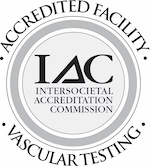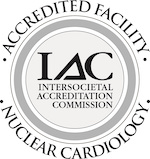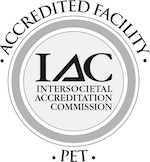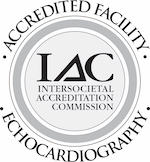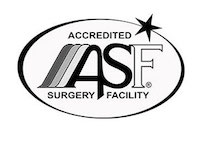Endovenous Thermal Ablation
Up to 25% of Americans may develop symptomatic or non-symptomatic chronic vein insufficiency that may result in varicose veins. This vein condition could also potentially lead to leg ulcers which can take significant time to heal and are difficult and costly to treat. However, treating varicose veins not only improve aesthetics but also reduce the occurrence of leg ulcers by up to 50%.
For the past 100 years or so, ligation or surgical tying of varicose veins has been the gold standard in treatment. Vein stripping (removal) was often performed in conjunction. However, recovery time and incidence of complications was not ideal. First approved, in the late 90s targeted heat ablation has been used in the treatment of many conditions and was approved for vein ablation in 1999.
Endovenous thermal vein ablation involves the collapsing of problematic vein structures using heat, either from radiofrequency (RF) waves or heat generated by a laser, thus creating a blood clot and irritating the walls of the vein. The collapsed vein structure becomes scar tissue, eliminating physical and aesthetic symptoms. Ablation procedures have led to improvements in efficacy and recovery times.
There are two highly effective and safe, minimally invasive options
- Radiofrequency (RF) Vein Ablation – this technology uses a small catheter inserted into the vein to deliver heat generated by radiofrequency waves.
- Laser Vein Ablation – which uses a laser fiber inserted into the vein and delivers concentration light energy to occlude the vein and ultimately destroy it.

